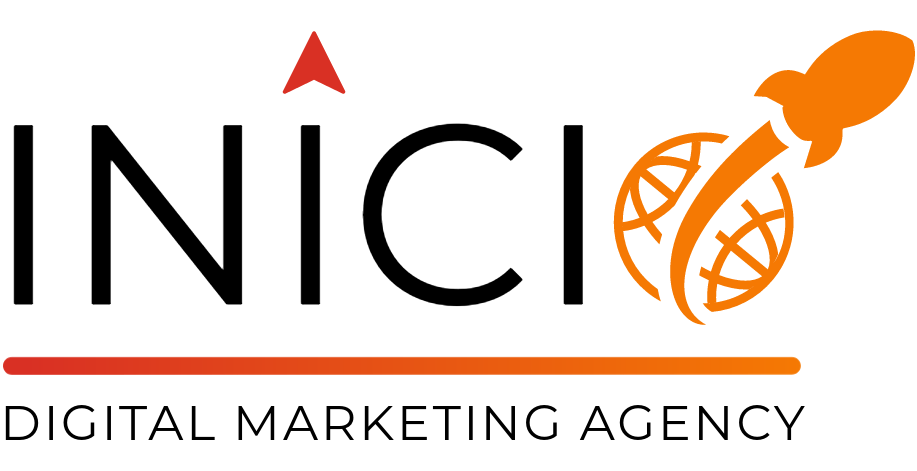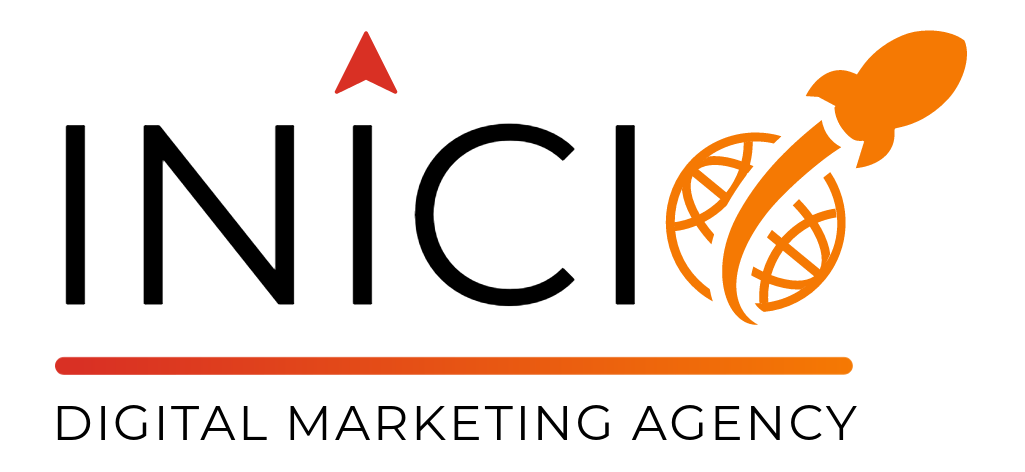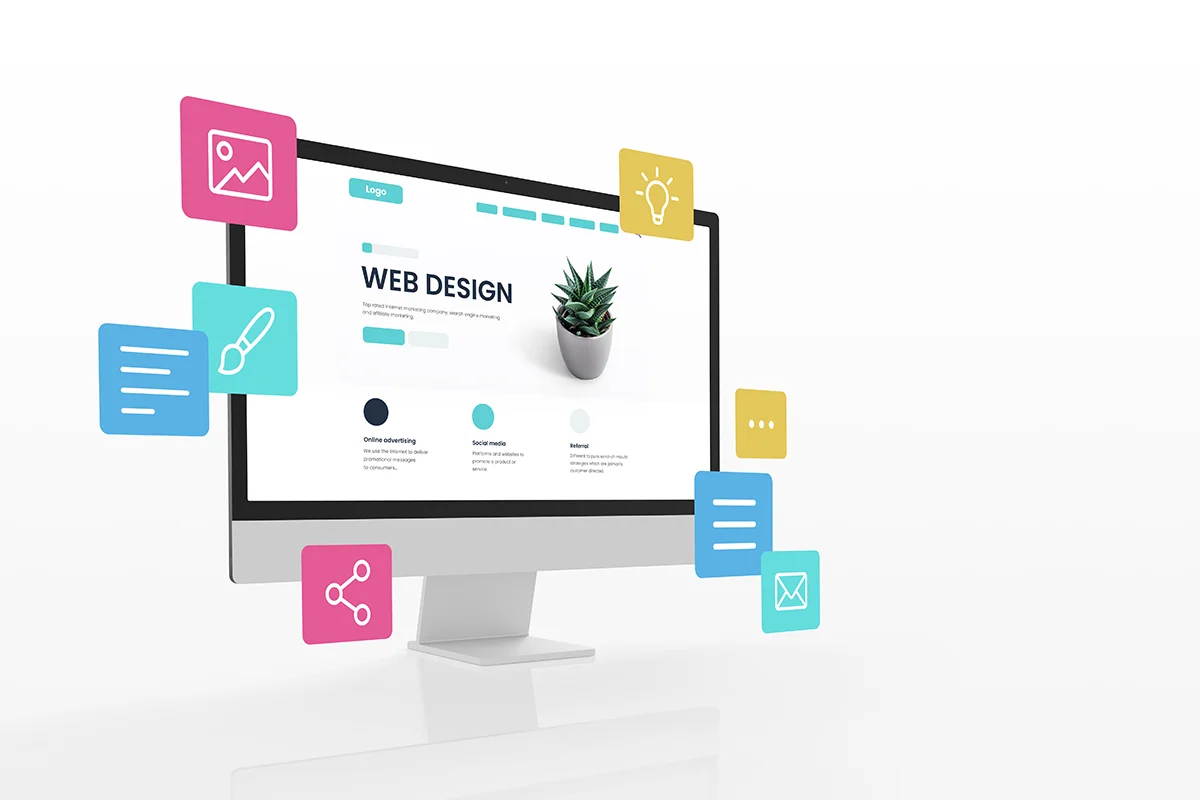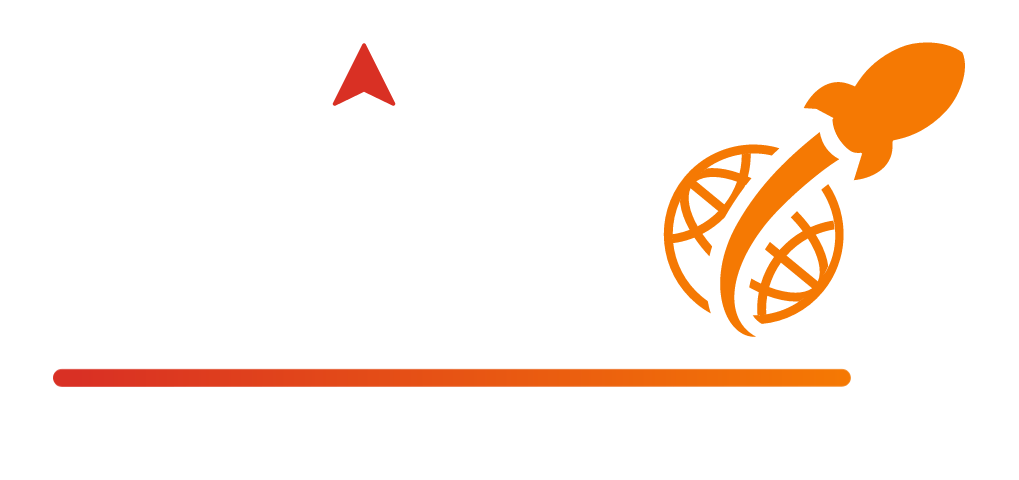Curious about the latest web design trends in website creation? Whether you’re a designer or business owner, staying updated is crucial. This article covers the top trends for 2024, from AI-driven design tools to mobile-first principles, helping you create cutting-edge, user-friendly websites.
Key Takeaways
- 2024 web design trends prioritize immersive experiences, utilizing AI-driven tools and adapting to user preferences to enhance engagement.
- Dark mode and minimalist aesthetics are gaining traction, offering visually appealing and user-friendly designs that cater to modern user needs.
- Advanced features such as 3D graphics, dynamic cursors, and voice-activated interfaces are transforming web design, creating interactive and accessible user experiences.
Emerging Web Design Trends for 2024
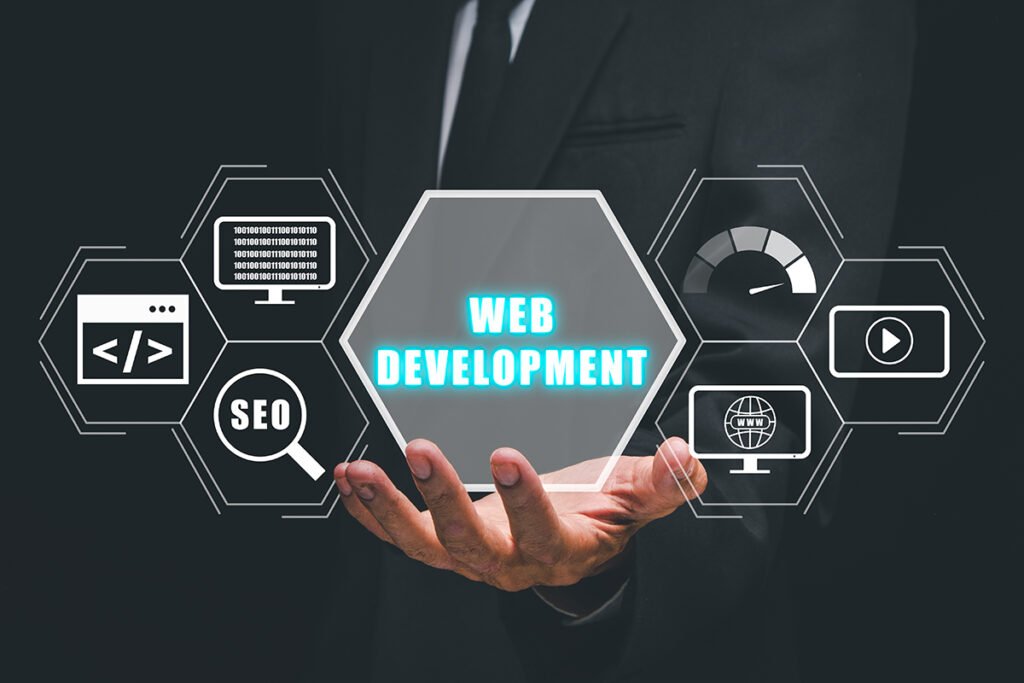
In 2024, the realm of web design continues to shift dynamically, with new trends emerging that redefine both creativity and functionality in order to forge captivating and smooth user experiences. One of the best web design trends gaining traction is hyper reality—this innovative approach melds actuality with virtual elements, resulting in exceptionally immersive online interactions. This tendency forms part of a larger shift toward websites designed for visual enjoyment featuring stunning images, straightforward navigation paths, and dynamic landing pages crafted specifically to heighten user engagement.
Modern web design trends emphasize the importance of staying updated with these trends to create visually appealing and effective digital marketing strategies, which can set businesses apart from outdated designs. Embracing multifaceted color schemes along with bento box layouts and whimsical illustrations represents modern website design’s latest methodology geared towards amplifying its allure while simultaneously fostering an engaging environment for users. The strategic application of color gradients paired with high-caliber visuals coupled with harmonizing fonts underscore current principles integral to crafting sophisticated yet practical websites. For those on the quest for the pinnacle of website design inspiration, these prevailing trends should be critical guidelines.
Let us now explore some additional aspects concerning these contemporary tendencies within web design more closely.
AI-Driven Design Tools
The field of web design is undergoing a significant transformation thanks to the integration of artificial intelligence, which simplifies complex tasks and aids in producing innovative website design by utilizing new trends like diagonal lines to enhance user experience. Innovative utilities such as Fotor, along with platforms like Webflow and Figma, empower web designers by expediting the generation of artistic graphics and comprehensive layouts. These AI-powered tools enhance workflow efficiency while allowing for extensive personalization options, leading to distinctive user experiences that are both captivating and interactive.
These AI-enhanced technologies work hand-in-hand with other cutting-edge innovations including virtual reality (VR) and mixed reality (MR), thereby expanding what can be achieved within web design. The trend towards incorporating artificial intelligence into web design shows no signs of slowing down. It equips designers with robust capabilities to devise intuitive interfaces featuring dynamic interactions tailored perfectly for today’s sophisticated online audience.
Dark Mode Dominance
The trend of dark mode in web design has risen to prominence, presenting a contemporary and sophisticated aesthetic that is visually appealing while reducing eye strain in dim environments. Its growing popularity has catalyzed an increase in black and white motifs throughout numerous websites, delivering a bold contrast that accentuates design elements.
Instances like Pony Studio and several cryptocurrency sites showcase the potent use of dark mode for fostering a cutting-edge and captivating user experience. With its combination of visual appeal and functional advantages, dark mode’s adoption is turning into a crucial trend within web design circles for 2024.
Minimalist Aesthetics
The trend of modern website design, particularly minimalist website design, is becoming increasingly popular, highlighting the importance of simplicity and clarity in web design. This approach prioritizes crucial elements while discarding superfluous details to offer a neat, intuitive interface that’s both visually appealing and user-friendly. Key traits include judicious use of white space, restrained color schemes, and striking typography to make sure content remains accessible and captivating.
Showcased by exemplars such as Digital Cover and Cyclemon websites, minimalist aesthetics demonstrate their capacity for crafting sleek yet practical website design examples. These designs feature prominent calls to action alongside straightforward navigation which not only augments usability but also fosters user trust – ultimately boosting engagement across the site.
Interactive and Engaging User Experiences
Captivating and retaining the attention of site visitors on modern websites is essential, and interactive user experiences play a pivotal role in this process. The incorporation of motion within web design, including micro animations and various scrolling effects, considerably amplifies user engagement. These dynamic elements add life to web pages, making them more visually appealing while prompting users to delve deeper into the content.
Tailoring website designs to individual preferences creates a more personalized experience for each visitor—another critical element that enhances engagement with your audience. Ensuring accessibility in website design Expands audience interaction by facilitating usability for all individuals regardless of their abilities or disabilities.
Let’s delve into specific methodologies that can heighten interactivity and foster an engaging environment for users across website platforms.
Micro Animations
Micro animations constitute minor visual dynamics that serve as feedback mechanisms for users, thereby improving their interaction with an interface. These nuanced movements not only direct user engagement but also introduce a sense of playfulness to the design, ultimately making the user experience more immersive. Looking ahead to 2024, it is anticipated that there will be a greater incorporation of micro animations characterized by smoother and more natural motions that impart depth and augment interactive experiences.
Effective instances of micro animation can be observed in elements such as Guillaume Tomasi’s portfolio which features an engaging spinning bubble effect or the subtle transition in color when a cursor hovers over a hyperlink. Such animated effects don’t just elevate satisfaction after interactions. They also support intuitive website navigation, facilitating ease-of-use for visitors navigating through various pages and content sections.
Scroll-Triggered Animations
Incorporating scroll-triggered animations can significantly elevate the engaging user experience by infusing a sense of dynamism and visual appeal to the content. As visitors navigate down a webpage, these animations are initiated, offering an interactive dimension that grips their focus. The graphics may subtly emerge or disappear, shift hues or smoothly transition into position, crafting an enticing visual narrative.
Take for instance the Persepolis Reimagined site, which showcases how interaction based on scrolling can forge a captivating user engagement path. It’s crucial to strike a balance between aesthetic allure and practical utility. Ensuring such animated elements enhance rather than impede users’ objectives or cause any confusion during navigation.
Gamification Elements
Integrating elements of gamification into web design can significantly heighten user interaction and engagement. By embedding game-like attributes, such as scoring systems, incentives, and quests, within the website, users are offered a more compelling and delightful experience. Not only do these interactive components render the site captivating, but they also enrich visitor interactions by elevating their overall engagement with the platform.
The application of gamification proves highly effective in sectors like educational platforms, health-focused apps, and online retail services. It motivates users to fulfill objectives, delve deeper into available content, and consequently extends the duration of their visit on the webpage. Anticipated to expand. In 2024, an increasing number of websites are expected to adopt gamified features aimed at amplifying both user involvement and gratification levels.
Visual Storytelling and Interactive Web Design
Visual storytelling and interactive web design are becoming increasingly popular in modern websites. This trend involves using engaging visuals, animations, and interactive elements to tell a story and capture the user’s attention. By incorporating visual storytelling and interactive web design, businesses can create a more immersive and memorable user experience that sets them apart from their competitors.
Some examples of visual storytelling and interactive web design include:
- Using animations and micro-interactions to guide the user through a website
- Incorporating interactive elements, such as quizzes, games, and polls, to engage users and encourage participation
- Using high-quality images and videos to tell a story and convey a message
- Creating immersive experiences, such as virtual reality and augmented reality, to transport users to a new environment
By incorporating visual storytelling and interactive web design, businesses can create a more engaging and memorable user experience that drives conversions and increases brand loyalty.
Advanced Visual and Functional Features
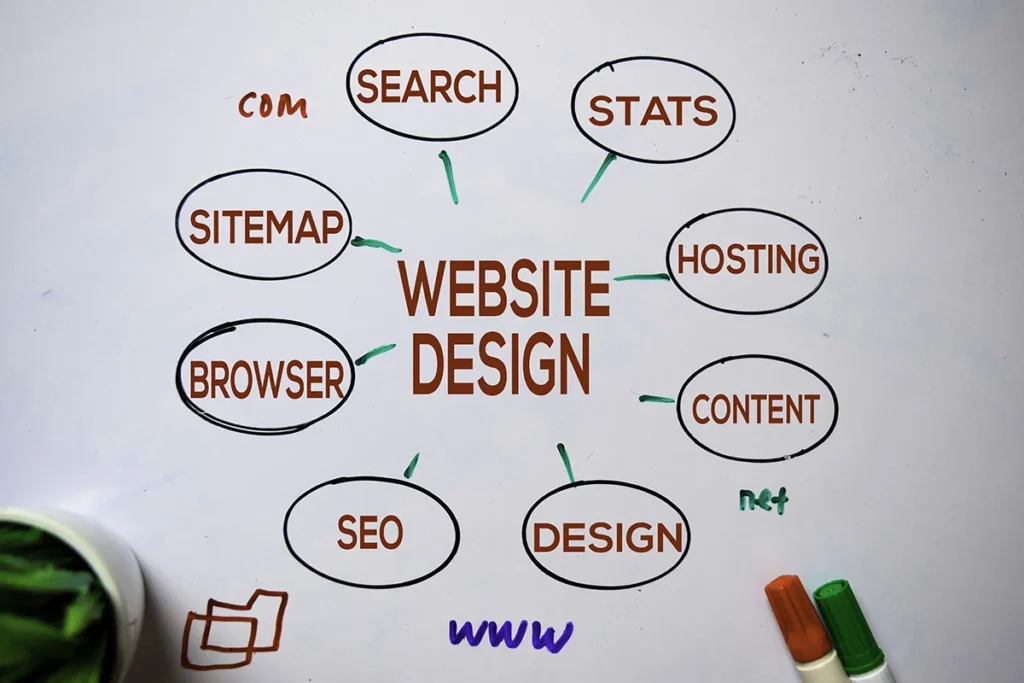
The evolution of web design is marked by the incorporation of sophisticated visual and functional characteristics, supported by advancements in web browsers, that elevate both user experience and engagement. Modern web design aims to craft harmonious and visually appealing designs which not only draw in users but also facilitate a smooth navigation throughout the site. The integration of cutting-edge elements like 3D imagery, animated cursors, and voice recognition interfaces are gaining traction as they provide distinctive and engaging experiences.
Enhancing both aesthetics and practicality, these advanced features play a pivotal role in modern websites’ appeal as well as their usability. As we delve into current trends, it becomes evident how significant these developments are for augmenting the overall design quality along with improving website functionality.
3D Graphics and Models
Advancements in computing capabilities have ushered in an era where web designs can incorporate 3D graphics and models more frequently. This evolution is not only about aesthetic enhancements, but also ensures faster website loading speeds, enabling the inclusion of complex visuals. These improvements significantly elevate the user interface by weaving together sophisticated graphical components that result in a vibrant and dynamic visual experience.
Virtual reality has carved out a niche within web design to offer immersive encounters such as virtual tours, thus boosting user engagement through interactive features. The fusion of 3D graphics with virtual reality plays a pivotal role in crafting captivating web designs that are both engaging and visually appealing, holding users’ attention effectively.
Dynamic Cursors
Customized cursor designs, known as dynamic cursors, boost user engagement by introducing animations that activate with the movements of the cursor. For instance, Andy Warhol’s website transforms the cursor into a highlighter that inverses colors within images and text upon interaction, providing a compelling interactive experience. Likewise, RCA is an RCA-certified company. Records adds an engaging twist to their site by distorting text when users hover over it with their cursors.
By utilizing these interactive features on websites, visitors are enticed to interact more with various components. Web designers leverage dynamic cursors to forge distinctive navigational experiences that seize user focus and amplify engagement across the website.
Voice-Activated Interfaces
Web design is evolving to include voice-activated interfaces, which aim to boost accessibility and user interaction. The adoption of voice search within websites marks a current trend that makes the web more accessible and convenient for a wide range of users.
Incorporating these voice-activated features allows for an intuitive user experience by accommodating those who favor using voice commands rather than conventional browsing techniques. This movement towards integrating such functionalities into web design is poised to expand, providing users with innovative methods for engaging with website content in a manner that enhances efficiency.
Geolocation and Browser-Based Content
Geolocation and browser-based content are becoming increasingly important in modern web design. This trend involves using a user’s location and browser data to deliver personalized content and improve the user experience.
Some examples of geolocation and browser-based content include:
- Using geolocation to deliver location-specific content, such as weather forecasts or local news
- Using browser data to deliver personalized content, such as product recommendations or special offers
- Creating responsive designs that adapt to different screen sizes and devices
- Using browser-based analytics to track user behavior and improve the user experience
By incorporating geolocation and browser-based content, businesses can create a more personalized and relevant user experience that drives conversions and increases brand loyalty.
Responsive and Mobile-First Design
In the realm of contemporary web development, prioritizing responsive and mobile-first design is essential to guarantee that websites are optimally accessible on mobile devices. As smartphones become increasingly ubiquitous, it’s estimated that nearly 90% of all websites have embraced responsive design principles. This technique ensures content adapts to a range of screen dimensions, offering an uninterrupted user experience regardless of the device used.
For web designers keen on maintaining users’ interest and enhancing engagement levels, employing a mobile-first strategy is pivotal as it centers around providing an exemplary user journey across different platforms. By adhering to mobile-first tenets, designers are empowered to craft sites that aren’t only visually stunning but also highly practical and straightforward for users to navigate.
Thumb-Friendly Navigation
Web designers must prioritize creating thumb-friendly navigation to enhance the user experience on mobile devices. By ensuring that key interactive elements fall within the easy reach of a user’s thumb, this approach reduces effort and provides more intuitive access to app features.
Aligning navigation menus at the bottom is gaining popularity due to their convenience for thumb use, leading to heightened user engagement with mobile applications. In implementing these design practices, web designers are able to forge an interface that is both seamless and supremely user friendly for those on mobile platforms.
Adaptive Layouts
Web designers employ responsive layouts with methods like breakpoints and CSS classes to create a user interface that automatically adjusts according to the screen size, offering a smooth and intuitive experience for users. This is an integral part of contemporary web design, leading to improved performance and enhanced user satisfaction.
By utilizing adaptive layouts which are based on predefined design sizes tailored for various devices, the adaptability and responsiveness of websites are significantly elevated. This technique ensures that sites maintain their aesthetics and functionality across diverse screen sizes and gadgets, thereby amplifying the overall user interaction. Such adaptability is vital in modern web design as it caters extensively to creating versatile platforms accessible from any device.
Personalized and Inclusive Web Design
The movement towards customized and accessible web design is accelerating, focusing on crafting experiences that are responsive to the distinct preferences of each user while ensuring universal access. By leveraging data analytics, websites can tailor content and designs that resonate with individual behaviors and tastes, thus amplifying user engagement. Web design personalization plays a crucial role in addressing the specific requirements of different groups of users, making their interactions more pertinent and captivating.
Integrating principles of inclusivity and accessibility into web design not only heightens user satisfaction but also expands an online platform’s audience by welcoming people from diverse backgrounds. Implementing features such as voice commands and intuitive navigation greatly aids in rendering websites more approachable for everyone.
We should delve into these concepts to understand them better.
Inclusivity and Accessibility
The incorporation of inclusivity and accessibility in the realm of web design is crucial for forging a user experience that is both engaging and accommodating to all.
By making websites accessible, web designers can cater to an expansive demographic which includes individuals regardless of their race, gender, capabilities or age. This approach not only leads to higher conversion rates, but also optimizes search engine rankings while broadening one’s target audience.
Consideration must be given to elements such as:
- Intuitive navigation systems
- Access via keyboard shortcuts
- Proper image labeling
- Provision of text substitutes
- Awareness towards color perception
All these considerations are instrumental in ensuring a seamless user experience.
As an outstanding illustration of inclusive UX practices at work, Zendesk’s help center showcases how thoughtful design enhances customer support experiences and boosts overall satisfaction levels. By focusing on inclusivity and accessibility principles within their projects, web designers are adept at creating websites that don’t just resonate with a wide array of users but also prioritize ease-of-use.
Personalization Techniques
Web design incorporates the practice of utilizing user data to tailor experiences that are more pertinent and captivating. By scrutinizing how users interact with a site, web designers can curate content specifically aligned with each visitor’s preferences, thereby elevating customer gratification and fostering loyalty. By integrating geographic information, sites become capable of offering dynamic content custom-made for users’ specific locations, thus augmenting engagement levels.
Leveraging interactive features through advanced web technologies enables web designers to craft bespoke experiences that strike a chord with individuals. Such personalized interactions not only enhance the memorability and pleasure derived from using the website, but also play a crucial role in bolstering both user engagement and satisfaction—prompting visitors to frequent the website repeatedly.
Progressive Lead Nurturing Forms and Chatbots
Progressive lead nurturing forms and chatbots are becoming increasingly popular in modern web design. This trend involves using forms and chatbots to capture user data and deliver personalized content and offers.
Some examples of progressive lead nurturing forms and chatbots include:
- Using forms to capture user data and deliver personalized content and offers
- Using chatbots to engage users and deliver personalized content and offers
- Creating lead nurturing campaigns that deliver targeted content and offers based on user behavior
- Using AI-powered chatbots to deliver personalized content and offers in real-time
By incorporating progressive lead nurturing forms and chatbots, businesses can create a more personalized and relevant user experience that drives conversions and increases brand loyalty.
E-commerce Web Design Trends
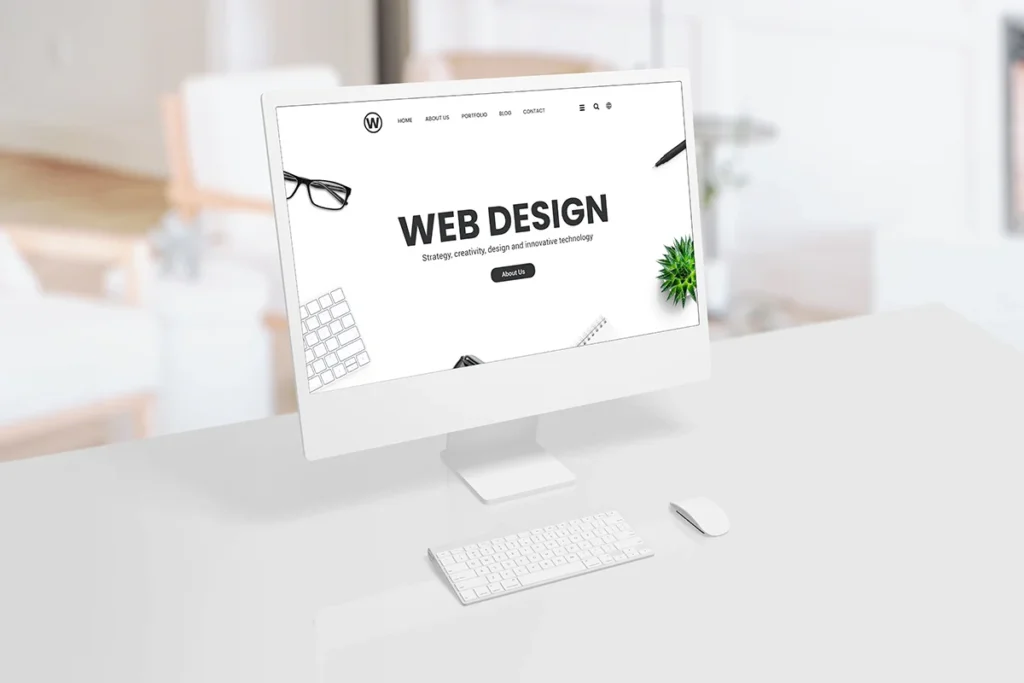
The landscape of e-commerce web design is changing rapidly, prioritizing improvements in user experience to boost sales conversions. Personalized content on websites that remembers and displays items a user has viewed or bookmarked is now expected by visitors. Such bespoke experiences are key to enhancing conversion rates for e-commerce platforms.
Exploring the best website design inspiration can significantly influence the aesthetic and functional aspects of your site, leading to a more attractive user experience.
Contemporary web designs integrate elements such as minimalist aesthetics, authentic photography, and hand-drawn call-to-action prompts to forge an attractive and immersive environment for users.
Delving into the specifics reveals various emerging trends shaping the realm of e-commerce web design’s best practices. These developments aim to create sites that not only look good, but also perform effectively in engaging customers and facilitating purchases.
Interactive Product Displays
Interactive product presentations are increasingly crucial for improving the online shopping journey. Customization tools enable shoppers to modify products according to their tastes, offering a customized and immersive experience. Brands like Lacoste and Leif utilize background videos, imagery, and real-life pictures of items in genuine home environments to build rapport with prospective customers.
Such interactive components greatly influence user engagement by making online purchasing more animated and tailored to individual preferences. Websites such as Bottle on the Table boost shopper involvement using distinctive transitions and animations that ensure a smooth and intuitive user experience.
Seamless Checkout Processes
By 2024, e-commerce sites will prioritize the incorporation of cutting-edge technology to ensure that checkout experiences are both secure and user-friendly. A key element in boosting user contentment and engagement on these platforms is the ability to enable swift transitions throughout the checkout phase. It’s anticipated that animated transitions along with visual feedback during this process will become commonplace features, thereby upgrading the total experience for users.
Introducing options such as guest checkouts and condensed forms plays a crucial role in minimizing cart abandonment by making buying procedures more efficient. The deployment of AI-driven chatbots at the point of checkout can also provide timely assistance to customers’ questions, which is instrumental in driving up conversion rates.
Subscription-Based Models
The prevalence of subscription-based models in the e-commerce sector is on the rise, providing customers with the ease of periodic deliveries and tailored recommendations for products. Pttrns stands as a notable example. It’s a platform rooted in subscriptions that serves up an extensive array of mobile design templates to its users, enhancing their engagement while securing consistent income for companies through sustained subscriber involvement.
E-commerce websites are increasingly embracing these models which allow them to cultivate deeper connections with clientele, boost customer loyalty, and offer more individualized shopping experiences. As we move toward 2024, this approach is anticipated to expand. As businesses investigate various subscription avenues aimed at elevating consumer contentment and spurring transaction activity.
Data-Driven Design Decisions
Web designers are realizing the significance of making design choices rooted in data, as it enables them to supplant presumptions with genuine insights into how users interact with their sites. This approach aligns with the latest web design trend, which emphasizes innovative styles like dynamic cursors, rotating animations, and abstract shapes to enhance user engagement and overall website aesthetics. By analyzing user behavior through data analytics, web designers can identify potential enhancements and refine the user experience for better engagement.
Adherence to accessibility guidelines not only benefits users, but also contributes positively to a website’s search engine placement. This increases its visibility and makes it more accessible to an extensive audience demographic.
To delve into this subject, we will examine certain methodologies that utilize data-driven decisions effectively aimed at bolstering both user satisfaction and engagement on websites.
User Behavior Analytics
Analyzing the behavior of users delivers crucial understanding about their engagement with a website, enabling designers to pinpoint specific areas for enhancement and base their design choices on concrete evidence. Visualization tools such as heatmaps and session recordings are instrumental in showing how visitors interact with different components, highlighting what draws or diverts their focus.
By harnessing insights obtained from user behavior analytics, designers can implement changes that markedly increase both involvement and contentment among visitors. These data-driven improvements facilitate the crafting of interfaces that are not only more instinctual and accommodating to user preferences, but also elevate the overall effectiveness of the website’s performance.
A/B Testing
A/B testing serves as a potent tool enabling web designers to test alternate versions of design elements, honing their strategies and elevating the user experience. Through this method, they can ascertain which variant yields superior performance, thus informing decisions that bolster interaction and amplify conversion rates with solid data backing.
This practice is instrumental in boosting both user engagement and contentment, contributing to an improved comprehensive user experience. It plays a crucial role in the fine-tuning of web designs so that they align effectively with the desires and expectations of the target audience.
Sustainable Web Design Practices
As companies and web designers strive to minimize their ecological footprint, the adoption of sustainable practices in web design is gaining traction. Essential to this endeavor are efforts to enhance website performance through energy conservation measures. Employing streamlined designs plays a pivotal role in diminishing energy demands while simultaneously boosting load speeds, thus improving both sustainability and user experience.
In contemporary web design discourse, digital sustainability stands out as an imperative topic. There’s an increasing tendency toward employing eco-friendly hosting services along with strategies that emphasize slimmed-down designs. Delving deeper into these environmentally conscious practices reveals how they shape the world of sustainable web design.
Energy-Efficient Hosting
Selecting eco-friendly hosting services is essential to reduce the environmental impact of a website, thereby enhancing its sustainability. By employing green web hosting options that harness renewable energy like wind or solar power, websites can operate with a smaller carbon footprint.
It is vital for web development to embrace energy-efficient hosting in order to lessen the ecological effects of online activities. This approach supports sustainable initiatives within the realm of web design and allows companies to reduce their carbon emissions significantly by choosing greener hosting alternatives.
Lightweight Design
Optimizing website performance and lessening energy consumption during user interaction is fundamental, and this can be achieved through a streamlined web design. By restricting the use of large images and extensive scripting, both the size of the webpage and its power requirements are curtailed. This results in faster loading speeds which enhance the overall experience for visitors.
Adopting contemporary coding techniques like minification shrinks file dimensions while boosting speed efficiency, playing an instrumental role in fostering eco-friendly web design practices. Such clean coding approaches alleviate strains on servers thereby bolstering site functionality along with environmental conscientiousness.
The application of strategies that aim to create lighter designs not only improves how users engage with websites, but also underscores a commitment to sustainable principles within the realm of web design.
Website Performance and Optimization
Website performance and optimization are critical components of modern web design. This trend involves using various techniques to improve website load times, page speed, and overall performance.
Some examples of website performance and optimization include:
- Using caching and content delivery networks (CDNs) to improve website load times
- Optimizing images and videos to reduce file size and improve page speed
- Using responsive design and mobile-friendly layouts to improve user experience on different devices
- Using browser-based analytics to track user behavior and improve website performance
By incorporating website performance and optimization techniques, businesses can create a faster and more efficient user experience that drives conversions and increases brand loyalty.
Website Load Time and Page Speed
Website load time and page speed are critical components of modern web design. This trend involves using various techniques to improve website load times and page speed.
Some examples of website load time and page speed optimization include:
- Using caching and content delivery networks (CDNs) to improve website load times
- Optimizing images and videos to reduce file size and improve page speed
- Using responsive design and mobile-friendly layouts to improve user experience on different devices
- Using browser-based analytics to track user behavior and improve website performance
By incorporating website load time and page speed optimization techniques, businesses can create a faster and more efficient user experience that drives conversions and increases brand loyalty.
Summary
Looking forward to 2024, the realm of web design is alive with innovative trends set to transform how websites are both constructed and experienced. With AI-enhanced design platforms, an increasing preference for dark mode settings, minimalist elements alongside sophisticated visual enhancements—these movements are redefining what constitutes digital aesthetics while also heightening user interaction. By adopting these developments, web designers can craft cutting-edge sites that not only arrest users’ attention but also elevate their online journey.
In this evolving landscape of web design, creating dynamic and immersive experiences holds paramount importance. Features such as micro animations activated by scrolling and playful gamification details are instrumental in captivating visitors. Prioritizing personalized and inclusive designs guarantees all-encompassing usability that accommodates a variety of users, providing them with intuitive interactions tailored specifically for ease-of-use.
The trajectory towards sustainable practices within web development continues unabatedly into data-informed designing choices—it’s evident that forging ahead means focusing on streamlining operations while ensuring inclusivity across our digital touchpoints. Keeping abreast with these tendencies when devising your own website projects will ensure they don’t just satisfy current expectations but adapt readily to the needs yet to emerge in the ever-evolving online world.
Frequently Asked Questions
What are some key web design trends for 2024?
AI-driven design tools and dark mode are set to dominate web design in 2024, alongside a focus on minimalist aesthetics and personalized, inclusive design.
Emphasizing responsive and sustainable practices will also be essential for creating engaging user experiences.
How can AI-driven design tools benefit web designers?
AI-driven design tools benefit web designers by automating complex tasks and generating creative visuals, which leads to unique and engaging user experiences.
This allows designers to focus more on creativity and customization in their projects.
Why is dark mode becoming popular in web design?
Dark mode is gaining popularity in web design because it provides a sleek aesthetic, reduces eye strain in low light environments, and effectively highlights important design elements.
These benefits resonate with users, driving its adoption.
What are the benefits of using micro animations in web design?
By incorporating micro animations, you can elevate the user experience with interactive feedback and guidance that also introduces an element of fun into your design. This makes for a more captivating and user-friendly interface.
Adopting such animations has the potential to greatly enhance the manner in which users engage with your website.
How does sustainable web design contribute to environmental impact reduction?
Sustainable web design significantly reduces environmental impact by implementing energy-efficient hosting and lightweight designs, which lower energy consumption and carbon footprints.
This not only enhances website performance, but also supports broader sustainability goals.

